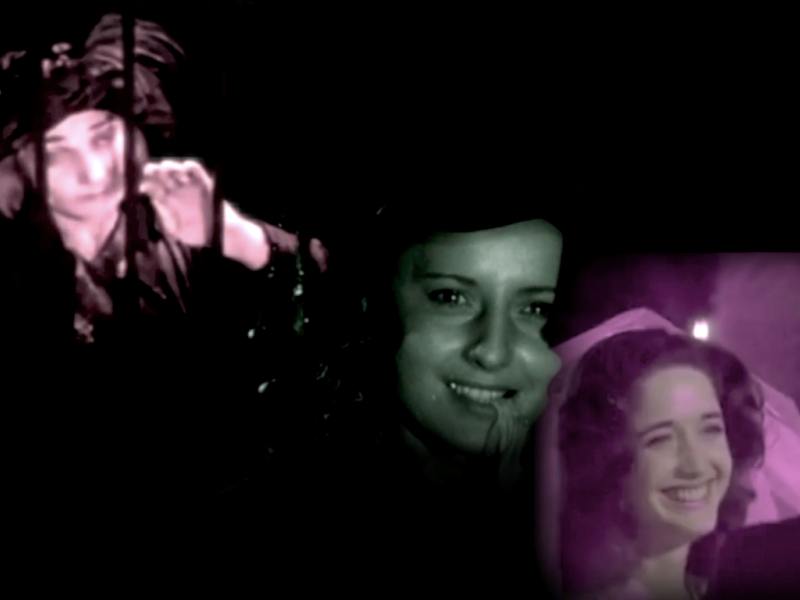
Olive Higgins Prouty’s 1922 novel Stella Dallas became one of the first radio soap operas, creating the melodramatic form that would continue on through TV and film. Most directly, it inspired three adaptations: a silent film in 1925, a Barbara Stanwyck film in 1937, and a 1990 version starring Bette Midler.
Pertaining to maternal sacrifice and overwhelming emotion, this source material was primed for its classification by the patriarchal cultural hegemony as a “weepy.” However, when viewed together, these three adaptations show consistency in formal techniques that merit intense genre-based scrutiny.
Catherine Grant created a video comparison of the films’ final scenes that embody her “sensuous-methological” research into the material. Understanding these adaptations as more cohesive than most can give clues as to why some remakes simply fail to connect to audiences, while others maintain the ethereal “spirit” of the source.
Related Topics: Adaptations, melodrama, Video
